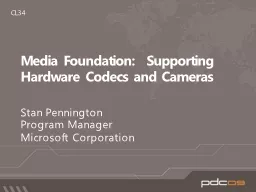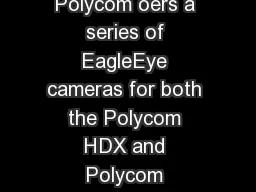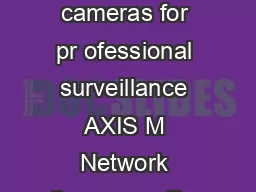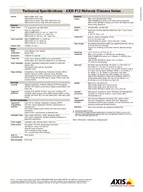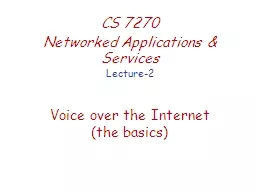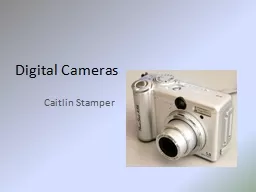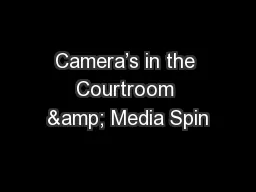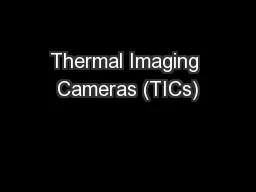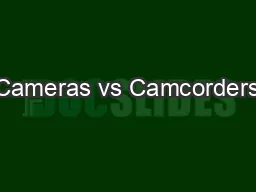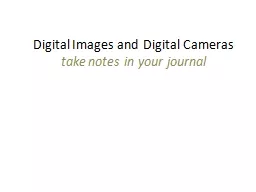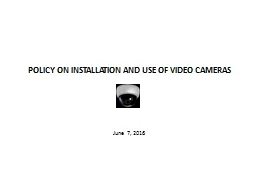PPT-Media Foundation: Supporting Hardware Codecs and Cameras
Author : test | Published Date : 2015-10-05
Stan Pennington Program Manager Microsoft Corporation CL34 Agenda Media Foundation MF Hardware Codecs and Asynchronous Media Foundation Transforms MFTs in general
Presentation Embed Code
Download Presentation
Download Presentation The PPT/PDF document "Media Foundation: Supporting Hardware C..." is the property of its rightful owner. Permission is granted to download and print the materials on this website for personal, non-commercial use only, and to display it on your personal computer provided you do not modify the materials and that you retain all copyright notices contained in the materials. By downloading content from our website, you accept the terms of this agreement.
Media Foundation: Supporting Hardware Codecs and Cameras: Transcript
Download Rules Of Document
"Media Foundation: Supporting Hardware Codecs and Cameras"The content belongs to its owner. You may download and print it for personal use, without modification, and keep all copyright notices. By downloading, you agree to these terms.
Related Documents

